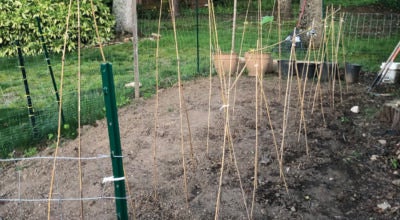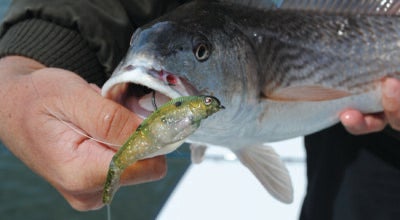Crystal Cockman: Dove season is upon us
Published 7:11 pm Thursday, August 30, 2018

Crystal Cockman writes a column for The SNAP through the LandTrust of
As summer is coming to a close, those of us who enjoy the pursuit of game are beginning to think about fall hunting seasons.
The first of these to arrive is the ever-popular dove season. Dove season officially opens on Saturday this year.
Hunting doves is the way a lot of people get introduced to hunting, especially as youth. It does not require a lot of preparation in terms of equipment, it’s best done in a group (with hunters stationed a safe distance apart on field edges), and if you have a good spot then you’ll get plenty of opportunities to shoot.
It’s no wonder then that mourning doves are the most frequently hunted species in North America.
The mourning dove, also once known as the Carolina pigeon or Carolina turtledove, is one bird species that is prolific in our state. Their population is believed to be stable or increasing in most of its region.
Hunters harvest more than 20 million birds in North America every year. Yet, the mourning dove is still one of our most abundant birds, with an estimated population of 350 million in the United States.
Mourning doves are a fast flyer, reaching speeds of up to 55 miles per hour. Their coloration is light gray and brown with block spots on the wing coverts, with a thin black bill. Unlike many bird species, in mourning doves the males and females look similar.
Mourning doves occupy a variety of habitats, including farms, grasslands and other open and partially open areas, including urban areas. They avoid dense forests.
Most mourning doves migrate north in the spring, from March to May, then south in the fall, from September to November.
There are a few tips to make your dove hunt a little more successful.
Doves have keen eyesight, so be sure to conceal your location well. A friend jokingly once said, “If you don’t wear camo, those birds will just fly right on over.”
Truth is, wearing camouflage to match your surroundings greatly increases your chances of harvesting doves.
Although you’ll need a chair to rest in between groups of birds arriving, you’re probably more likely to hit a bird while standing. You can get a better stance and have better balance, and probably see more of your surroundings, as well.
If a group of birds flies in all at once, take aim at just one bird rather than targeting the whole group.
Take your time and make a well-placed shot, as getting one bird is better than missing them all.
Another quick tip — take more ammo than you think you’ll need. Since doves are quick flyers they are hard to hit, so you can easily use up more shells than you prepared for.
One of the rewards of dove season is the delicious meat doves provide, and I’ve found it to be especially good in a Brunswick stew.
As long as hunters continue to follow bag and possession limits and other appropriate regulations, doves are one species that should be around for lots of future generations to enjoy, and perhaps provide them with their own first hunting experiences.
Crystal Cockman is land protection director for The LandTrust for Central North Carolina, of which Stanly is part.





